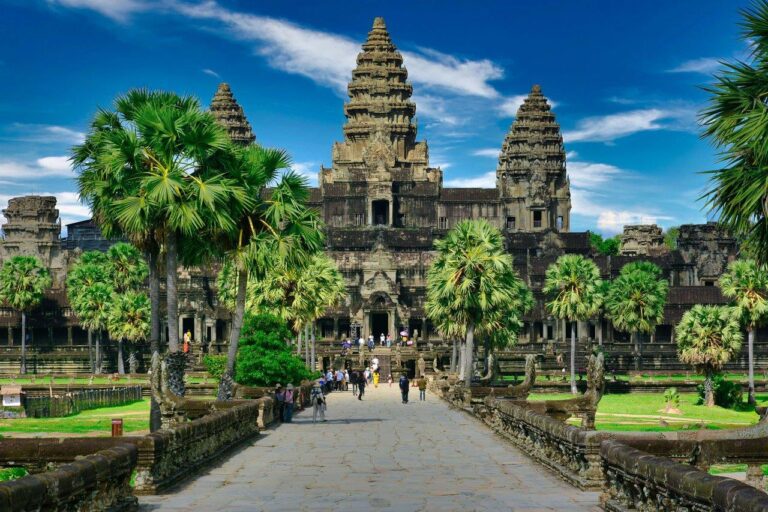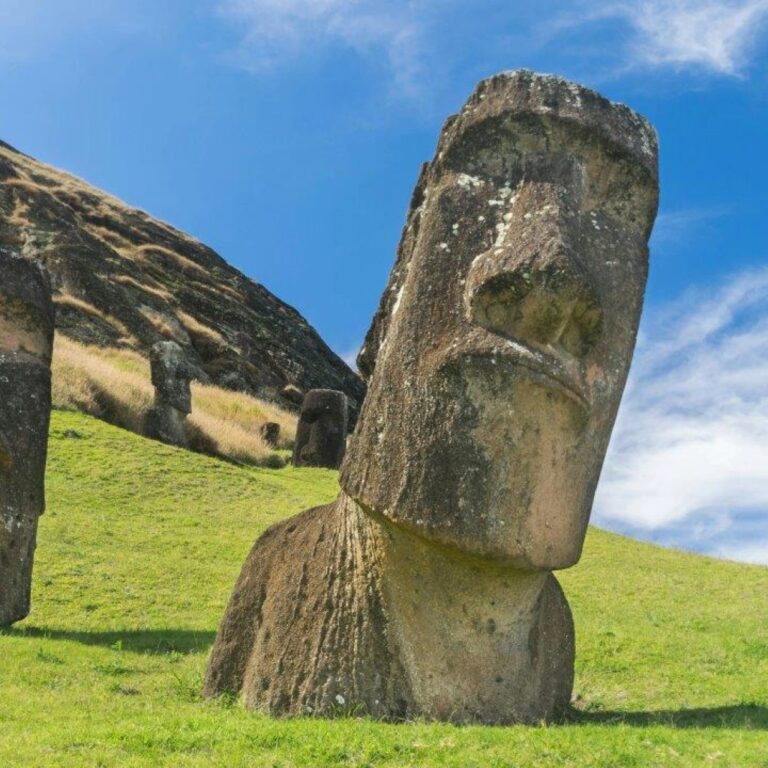Angkor Wat is the largest religious monument in the world, covering an area of 162.6 hectares (402 acres).
The temple was originally constructed in the early 12th century as a Hindu temple dedicated to the god Vishnu.
Angkor Wat is located in Cambodia and was built by the Khmer King Suryavarman II.
The temple gradually transformed into a Buddhist temple towards the end of the 12th century, which it remains today.
Angkor Wat is oriented to the west, which is unusual for a Hindu temple, as most are aligned to the east.
The temple is famous for its extensive bas-reliefs and for the numerous devatas (guardian spirits) adorning its walls.
The central tower of Angkor Wat rises 65 meters (213 feet) above the ground, symbolizing Mount Meru, the center of the universe in Hindu and Buddhist cosmology.
Angkor Wat was largely forgotten by the Western world until it was rediscovered by French explorer Henri Mouhot in the 19th century.
The site was declared a UNESCO World Heritage Site in 1992 and is one of the most important archaeological sites in Southeast Asia.
The complex is surrounded by a moat and an outer wall measuring 3.6 kilometers (2.2 miles) in length.
Angkor Wat appears on Cambodia's national flag, making it the only national flag in the world to feature a building.
The temple is visited by over 2 million tourists each year.
The temple was constructed using sandstone blocks, some of which weigh up to 1.5 tons.
The name 'Angkor Wat' means 'Temple City' or 'City of Temples' in Khmer.
The alignment of the temple is based on precise astronomical calculations, with the equinoxes playing a significant role in its design.
How useful was this post?
Click on a star to rate it!



